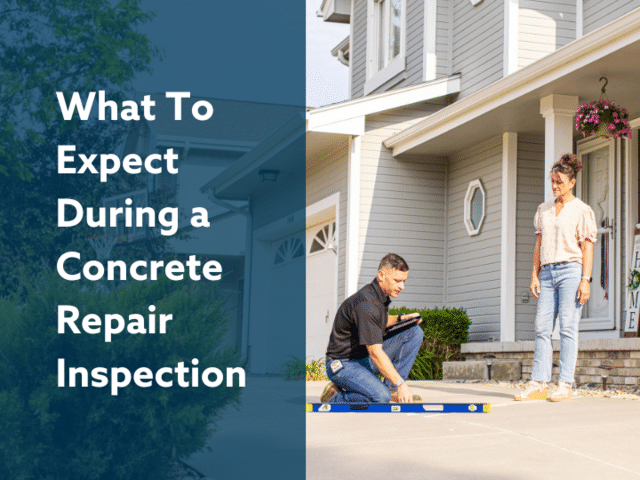Warrantied Piering Solutions for Sinking Foundation Slab Floors

Is your home suffering from sunken concrete slabs? Our slab pier system can stabilize and restore concrete slabs damaged by settlement. Slab piers also provide an opportunity to lift your concrete slab back to its original position, often closing cracks and eliminating tripping hazards.
The pier consists of interlocking tubular steel sections. An adjustable bracket connects the top of the pier to the underside of the slab. Slab piers are designed to be driven deep into the earth, bypassing soils that are ill-suited to support weight, so that your floor can be supported by strong, competent earth.
How Slab Pier Systems Work
Product features
- Year-round installation
- Designed with galvanized steel for corrosion resistance
- Deep pier installation extends beyond unsuitable soils
- Non-disruptive installation
- Creates opportunity to lift slab & partition walls back to level position
- 25-Year Manufacturer's Warranty
There are two types of slab piers: push-type slab piers and helical slab piers. Both foundation repair products can be effective, and selecting one over the other depends on your unique situation and the preferences of the contractor who is installing them. Both types of slab piers use small installation equipment, so installations can be completed in tight-access areas such as bathrooms or laundry rooms.
The process for installing hydraulically driven slab piers and helical slab piers is very similar. In both cases, the first step is to expose the soil at each pier location by drilling holes through the concrete slab.
If installing hydraulically driven slab piers, a slab bracket is then positioned in the hole so that the flanges on the bracket extend to support the underside of the slab. With the bracket in place, steel pier sections are hydraulically driven through the bracket until the pier contacts competent soils.
If installing helical slab piers, the pier shaft is rotated while downward pressure is applied. The helical blades on the pier's shaft advance the pier into the soil and also provide anchoring strength once competent soil is reached. A slab bracket is positioned around the pier and beneath the concrete slab once the pier reaches its proper depth.
For both foundation pier systems, the next step is to transfer the weight of the concrete slab through the piers to the deep, stable soil. A lift can then be attempted to bring the slab and interior partition walls back to their original position.
Grout is then carefully pumped at a low pressure under the slab to fill the void created by the soil settlement and slab-lifting process. Finally, holes at pier locations are filled with concrete, leaving the floor permanently stabilized in its new position. More about Concrete Slab Floor Repair.
When to Use Slab Piers
You should use slab piers in all cases except when either the floor slab is extremely thin or the cracking is extensive.
Your Local Foundation Contractors
At Thrasher, we provide solutions for repairing concrete slab floors that include a 25-year warranty against manufacturing defects, and a performance warranty from us. We offer free, no-obligation slab repair quotes within our service area. To schedule your appointment, call or email us today!
We proudly serve Sioux City, Lincoln, Omaha, and many other parts of NE, IA, and MO.
Article Categories:



